I programatically have multiple View Controllers in an iOS Swift Project. I do not have the storyboards and would like to avoid them if possible. Is there a way to switch to another viewcontroller.swift file (We will call it view2.swift) and have it be part of a function that a button calls?
I have tried the following:
let storyboard: UIStoryboard = UIStoryboard(name: "myTabBarName", bundle: nil)
let vc: UIViewController = storyboard.instantiateViewControllerWithIdentifier("myVCID") as UIViewController
self.presentViewController(vc, animated: true, completion: nil)
The above works with storyboards, but I want another view2.swift to be called. Can this be done?

